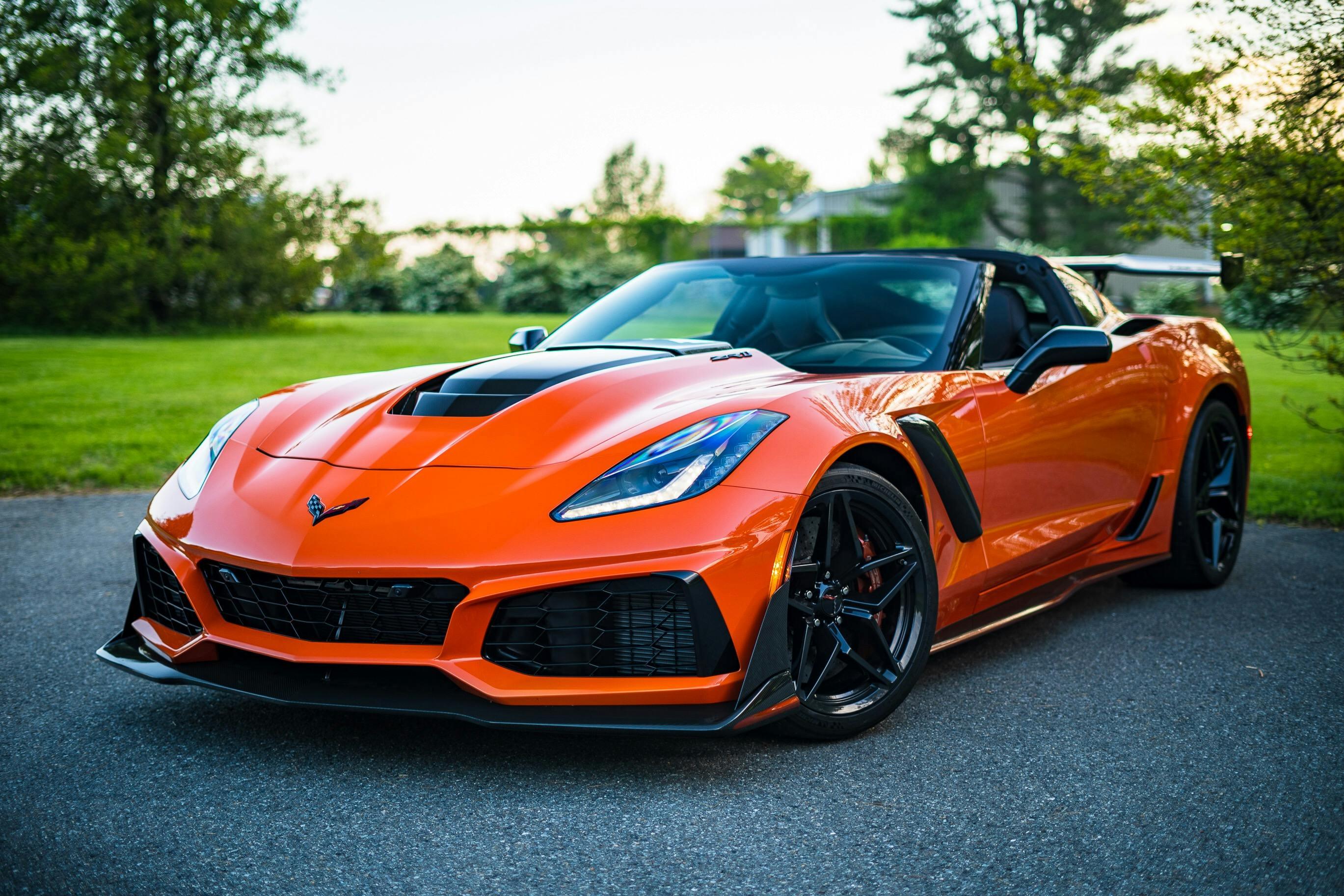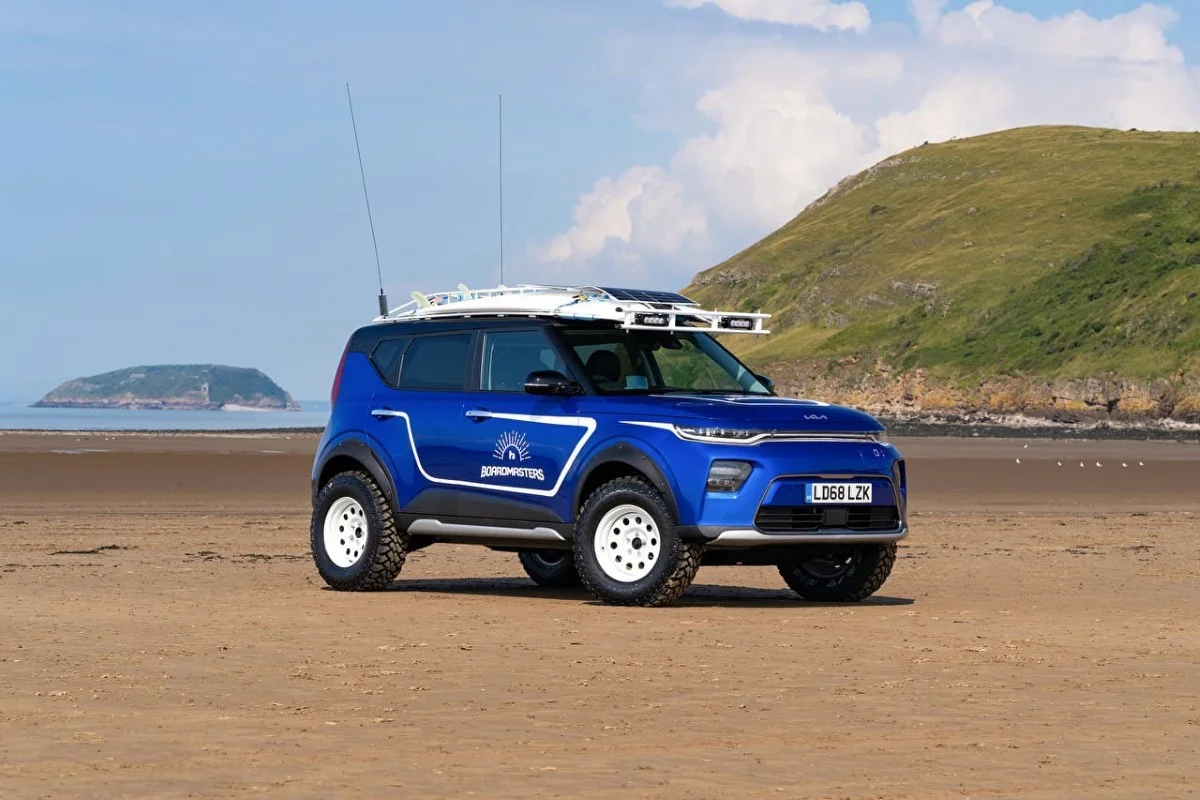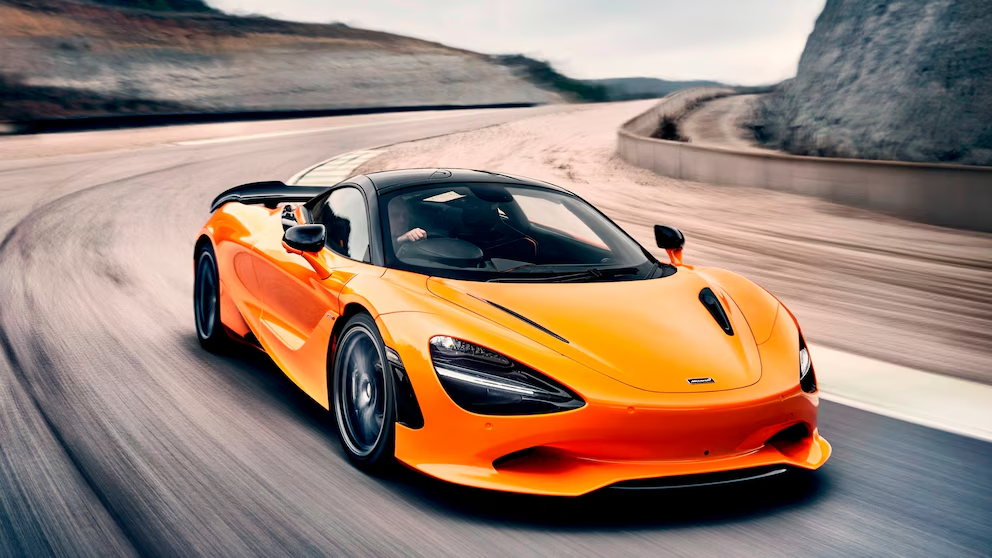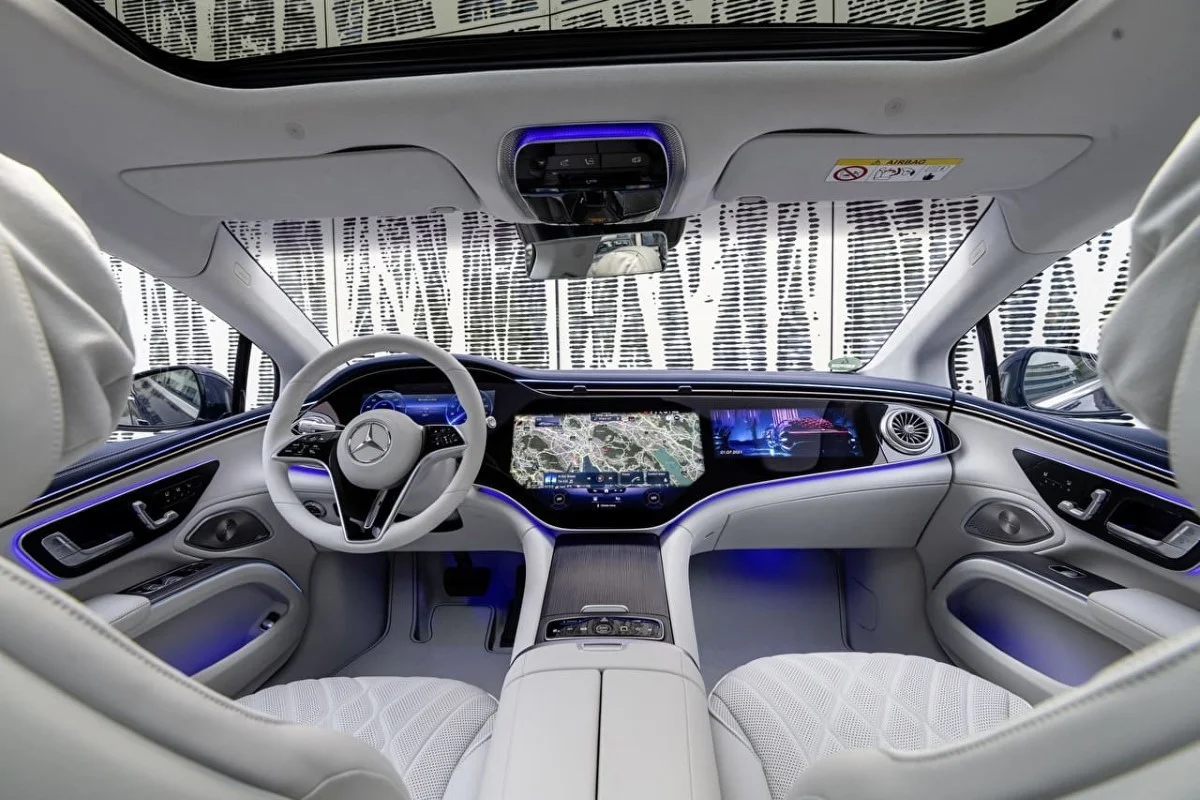In the next decade, the evolution of sports cars promises to be a breathtaking fusion of art, engineering, and intelligence. As technological innovation surges forward, the boundaries of design and performance will dissolve, giving rise to a new generation of high-speed machines. These vehicles won't just be about power and speed — they will reflect a new era of elegance, sustainability, and symbiosis with the driver.
Intelligence on the Asphalt
Tomorrow’s sports cars will be smarter, more intuitive, and closely attuned to their environment. Artificial intelligence systems will not only manage performance settings dynamically but will also learn from driver behavior. These vehicles will anticipate driving patterns, road conditions, and even the emotional state of the driver, subtly adjusting suspension stiffness, throttle sensitivity, and cabin ambiance.
AI capabilities:
- Predictive behavior adaptation
- Real-time optimization of performance modes
- Driver mood recognition and interaction
- Context-aware safety interventions
This symbiotic relationship between driver and machine will redefine control. The car will become a co-pilot — silent, swift, and seamless in its responses.
Electrification Without Compromise
As sustainability continues to shape the global agenda, the shift to electric drivetrains in high-performance vehicles will be inevitable — but it won’t mean compromise. Battery technology is on a fast track toward solid-state solutions, offering greater energy density and rapid recharging.
Performance innovations:
- Ultra-light solid-state batteries
- Heat-resistant regenerative braking systems
- Aerodynamically integrated battery placements
- Noise-tuned electric propulsion for emotional thrill
With these advances, electric sports cars will maintain — and often exceed — the visceral excitement traditionally reserved for combustion engines, all while staying silent and clean.
Shape of Tomorrow
Design will enter a bold new phase, driven by function, yet unapologetically expressive. Dynamic aerodynamics will be the new norm — with car bodies shifting subtly at speed, adjusting wings, spoilers, and flaps to enhance downforce or reduce drag.
Futuristic design elements:
- Morphing exteriors with smart materials
- Self-healing paint and body coatings
- Transparent aluminum components for visual fluidity
- Panoramic cabin interfaces replacing analog gauges
Even the cockpits will transform into immersive capsules, blending glass with gesture-responsive displays and voice-controlled ambiance. These machines will no longer be defined by mechanical dominance alone, but by the fluid harmony between man, machine, and air.

Connected and Autonomous Power
Autonomy will not replace the joy of driving, but it will enhance it. The next-gen sports car will know when to step in and when to step back. On city streets, it will glide in autonomous elegance; on winding roads or racetracks, it will awaken fully, offering the driver complete control with layers of intelligent assistance.
Autonomous enhancements:
- Track-driving simulation for skill refinement
- Real-time telemetry analysis
- On-demand switch between manual and autonomous driving
- High-fidelity terrain scanning and obstacle avoidance
In this balance of freedom and protection, drivers will experience confidence without sacrificing thrill.
Materials of Motion
Tomorrow’s sports cars will be made of materials that seem like they belong to science fiction. Nanostructured alloys, bio-engineered carbon composites, and shape-memory polymers will offer unmatched strength, weight reduction, and resilience.
Material advancements:
- Featherlight carbon-silk monocoques
- Active-body panels with embedded cooling veins
- Temperature-responsive internal trim
- Zero-residue recyclable construction
These innovations will allow designers and engineers to craft not only faster cars but also more beautiful and enduring ones, blending performance with timeless aesthetics.
The Essence of Tomorrow’s Drive
The sports cars of the future will be more than machines; they will be kinetic sculptures that breathe with intelligence. They will delight not only in acceleration but in anticipation. They will reflect a world that values sustainability, elegance, and emotion as much as raw speed.
In ten years, stepping into a sports car will not simply mean going fast — it will mean entering a conversation between humanity and technology, motion and meaning. A whisper of electric current, the hum of algorithms, and the curve of a road — that will be the symphony of future speed.












 Sanjay Pitt
Sanjay Pitt

 Meredith Arias
Meredith Arias

 Ellouise Sloan
Ellouise Sloan

 Patience Fulton
Patience Fulton





